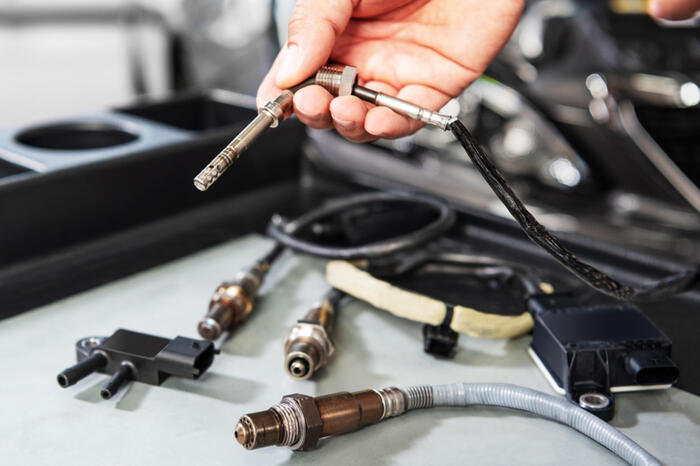Lowering hot water temperature to save gas - why that's a mistake
Created: 09/22/2022, 19:00
By: Franziska Kaindl
Consumers are currently looking for ways to save gas in winter.
However, you should not start at the wrong place - such as the hot water temperature.
In Germany, the alarm level of the gas emergency plan has been in effect since June.
The gas storage facilities are 90 percent full despite Russia's delivery stop, as reported by the
Tagesschau
, and the security of supply is thus guaranteed for the time being.
But the situation is tense and a deterioration in the situation cannot be ruled out, according to the Federal Network Agency.
According to Federal Economics Minister Robert Habeck, in order to get through the winter well, a lot of energy would have to be saved.
But where to start?
Some consumers are apparently toying with the idea of lowering the hot water temperature in the house.
However, from the point of view of experts, this is not a good idea: there is a risk of legionella.
The hot water temperature should always be 60 degrees Celsius.
© Wedel/Kirchner-Media/Imago
What are legionella?
Legionella are bacteria that are a natural component of surface water and groundwater in small numbers, as the Federal Center for Health Education (BZgA) informs.
In humans, they can cause various clinical pictures, from flu-like symptoms to severe pneumonia.
According to the Robert Koch Institute (RKI), around five to nine percent of all those infected die from legionellosis, also known as "Legionnaires' disease".
People with a weakened immune system or a certain underlying disease, such as diabetes mellitus, are particularly affected.
Legionella are mainly transmitted via atomized, misted water - i.e. when showering or bathing.
The droplets containing the pathogen spread in the air and can be inhaled.
People rarely get infected through drinking water, unless the water accidentally gets into the lungs when swallowed.
Incorrect water temperature increases the risk of legionella
According to the RKI, temperatures between 25 and 45 degrees Celsius offer ideal growth conditions for legionella.
Growth is effectively inhibited above 50 degrees Celsius and the germs die above 60 degrees Celsius.
Legionella can also be found in cold water, but below 20 degrees they no longer multiply significantly.
"Make sure that the warm water is always at a temperature of at least 55 degrees Celsius everywhere in the pipe system.
This is the only way to reliably prevent legionella growth.
It would be a health risk to save energy here,” the Federal Environment Agency (UBA) therefore recommends.
Even better: water should have been heated to 60 degrees if it is to come out of the pipe warm, as the German Technical and Scientific Association for Gas and Water (DVGW) and the Bavarian State Office for Health and Food Safety (LGL) inform.
Due to scalding protection, the water temperature is always lower with water from the tap.
Attention: These places in the apartment are teeming with germs
View photo gallery
Is the hot water temperature checked in the house?
In the Federal Drinking Water Ordinance, the legislature regulates how the water should be.
In the case of large systems and public buildings as well as systems for commercial purposes, water samples are regularly examined.
Large plants also include buildings in which more than three families live.
At a certain concentration of legionella, the health department is involved.
There are no mandatory inspection intervals for detached or semi-detached houses.
The owner is responsible for the correct hot water temperature.
Faucets should always be in use
Consumers should not make the mistake of saving gas by not turning on the tap in some rooms.
This can lead to water stagnation in the plumbing, which can contaminate the entire water system in the home.
If a water connection is no longer to be used at all, it must be professionally disconnected from the water system.








